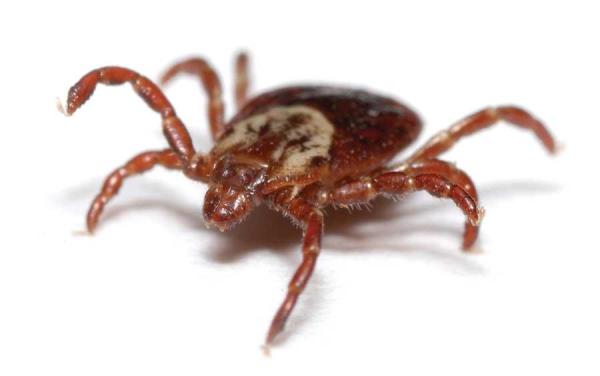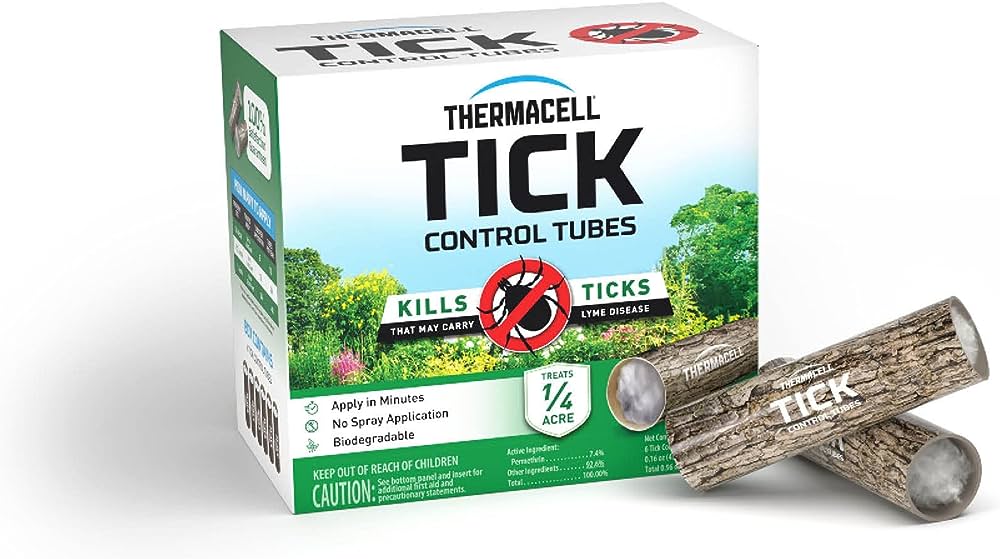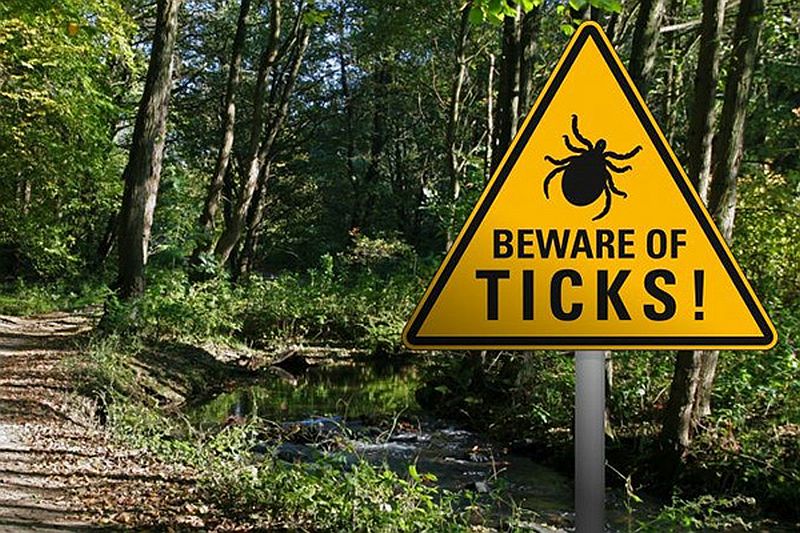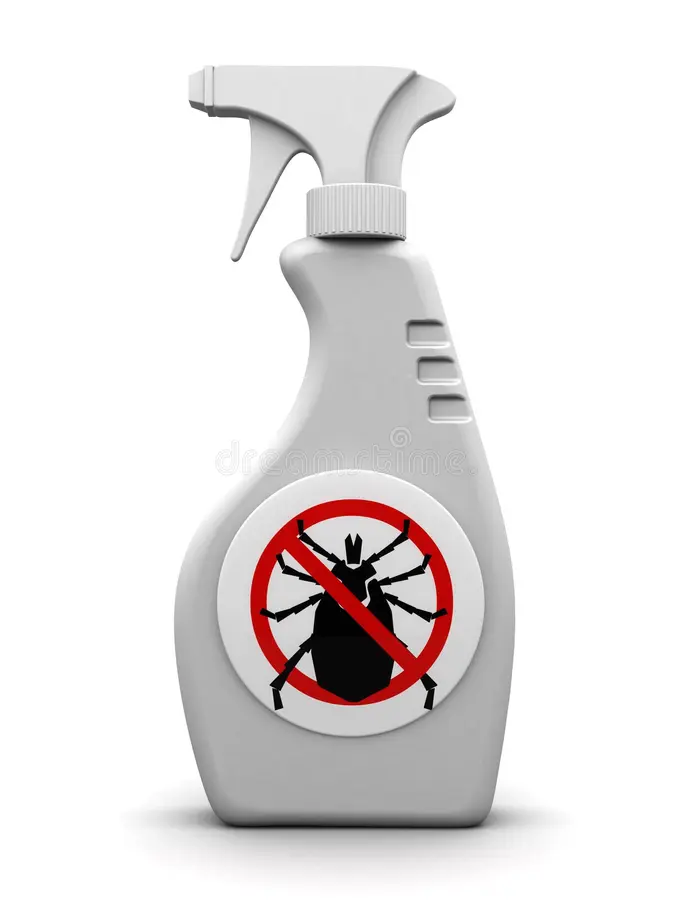With tick populations and tick-borne diseases on the rise, some people are turning to unconventional methods of prevention. In one Pennsylvania town, they’re trying opossums.


The Pocono Wildlife Rehabilitation and Education Center in Stroudsburg says that many people have requested opossums to release into their yards.“Lots of people pick the opossums up on the side of the road and call us. A lot of times they’ll go ahead and put them into their yards. It makes them feel good that they’re releasing tick control into their yard, and since there aren’t any diseases that people can get from opossums, there really is no downside,” Uhler says. Experts, however, warn that opossums can still be dangerous to humans.
“Although generally gentle and placid, opossums have 50 teeth and will use them to protect themselves, or their young. So avoid close encounters,” the Washington Department of Fish & Wildlife advises. Uhler says the center takes in around 75 to 100 opossums per year. The only requirements for having one released at a home are an acre of land, no cats, and minimal car traffic.
“People tend to kill all the predators around their houses, and then they wonder why they have diseases. Our bigger point is to get people to allow that balance,” Uhler says.


Tick tubes are another method gaining traction in the Northeast as a method of tick prevention. Available pre-made or to make on your own, these small tubes are filled with insecticide-soaked cotton and placed in areas where mice run around. White-footed mice, which are major carriers of deer ticks, remove the cotton from the tube and build nests with it. The laced cotton kills any ticks on the mice. But how well they work isn’t known, and there is no real way to measure results. David Brooks, a blogger and reporter for the Concord Monitor newspaper in New Hampshire, is testing the tubes for himself using recycled household materials. He received criticism for using permethrin, a known killer of bees and other wildlife, and admitted he wasn’t sure it would do any good.
As ticks have expanded to live all around the U.S., experts say there are tried-and-true ways to keep them away. Simple landscape changes can create an unfriendly environment for a variety of ticks and hosts, and using insect repellents will help fight the pests. Mind the grass. Ticks are often found in the underbrush of tall grass, where they latch onto a host and crawl up the body. Keep lawns trimmed at home, and walk in the center of any trails. Clear leaf litter regularly, especially around the edge of your yard and around your home. Build a barrier. Placing a barrier between lawns and wooded areas can help keep ticks from moving into residential areas. If your house is near a wooded area, place a 3-foot wide barrier made of wood chips or gravel at the edge of your lawn.


Use a pesticide. Spraying for ticks can help minimize exposure to these pests. Always research before using a pesticide to ensure that you are using the best type of pesticide and spraying at the right time of year. Repellents are key. There are many repellents available to keep ticks away. When choosing a spray repellent, select one with at least a 20% concentration of DEET, picaridin, or IR3535. There are natural alternatives available, including ones made from garlic oil, mixed essential oils, and fungus. Treat all clothing with permethrin, a chemical that paralyzes and kills ticks. A University of Rhode Island study found that people wearing permethrin-treated socks and shoes were 74 times more protected from ticks latching onto their shoes and legs. Check it out. If you have been in a grassy or wooded area, do a body check in the shower.